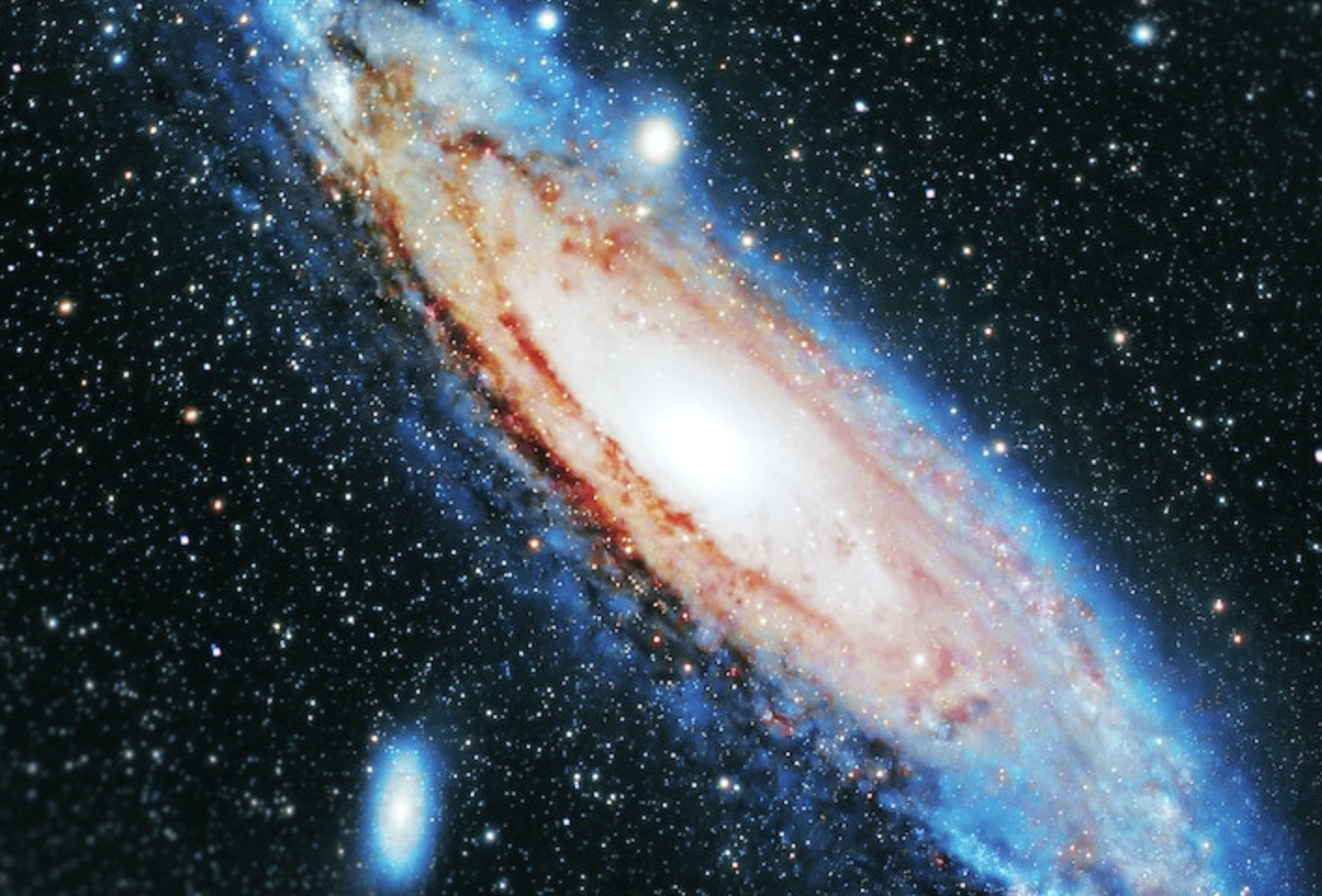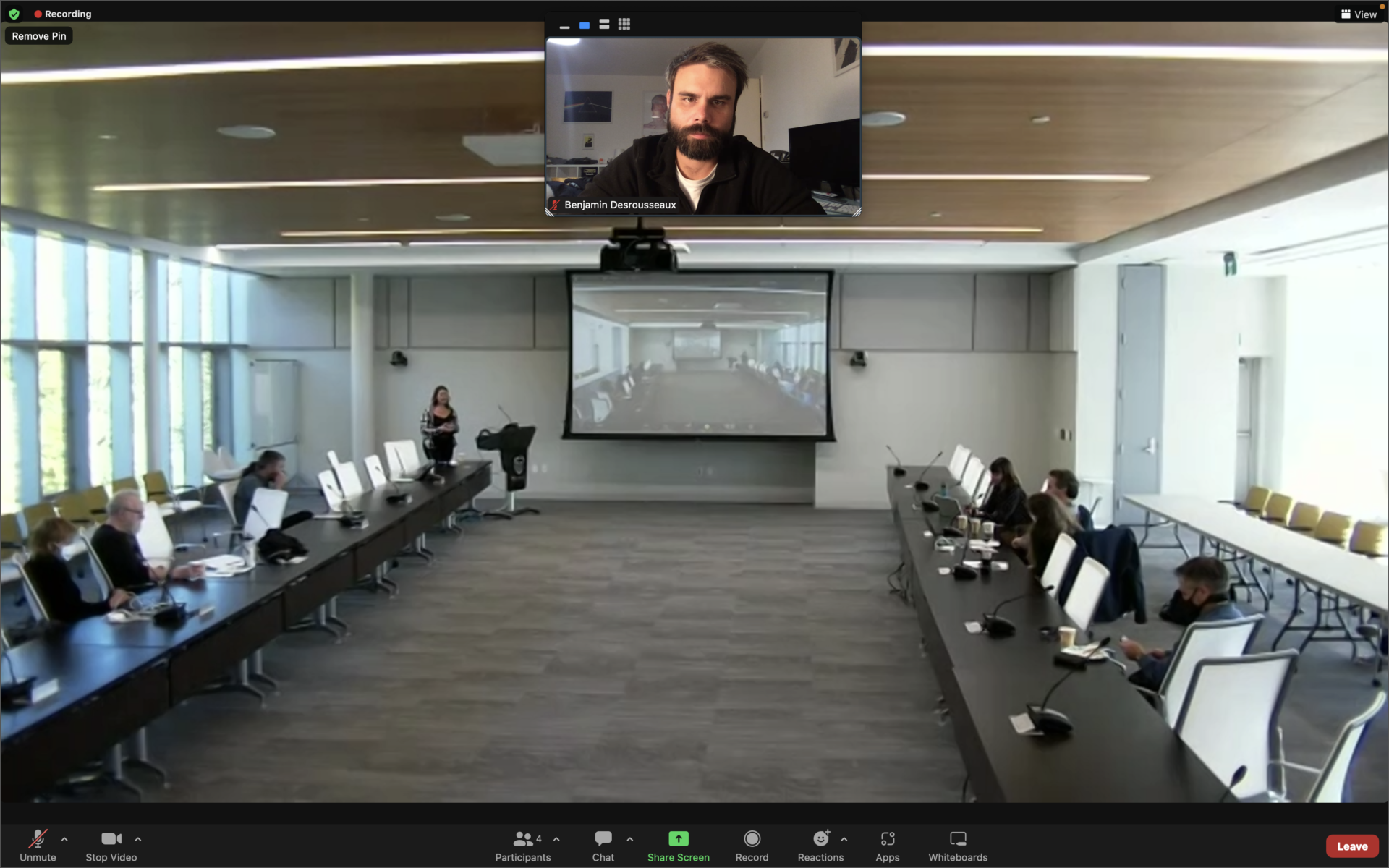by Marie Gueguen & Benjamin Desrousseaux, on
Presentation of the seminar

Astrochemistry is a young discipline, which started with the unexpected detection of molecules in the interstellar medium in the 1940’s. Astrochemical models aim at describing the physicochemical processes explaining the composition in the interstellar medium or of planetary atmospheres, despite the fact that the models and the observations against which they must be validated are highly uncertain.
These uncertainties, the multiplicity of tasks that models must fill, their different phases of development from young models that need improvement to mature ones, ready to get confronted to observations, the strong interdisciplinarity of the field make astrochemistry unique in terms of the challenges that astrochemists must face in evaluating the reliability of their models. Such an exceptional epistemic situation represents a huge opportunity for philosophers both to refine their understanding of model evaluation and to contribute to developing new methods for assessing the adequacy of a model.
The goal of this seminar is both to present these challenges and to generate a discussion between philosophers and astrochemists about these topics.
This seminar was organized by M. Gueguen, with the participation of J. Cami, E. Peeters, I. Cook and the support of C. Smeenk from the Roman institute of Philosophy.
During this seminar, B. Desrousseaux and M. Gueguen presented their work in an oral presentation.
Collisonal excitation of interstellar molecules: Towards a new statistical approach - B. Desrousseaux

Observational spectra are our main source of knowledge about the interstellar medium. In such low density environments, the frequency of collisions is not large enough to maintain a local thermodynamical equilibrium (LTE) and it is necessary to take into account both radiative and collisional processes in order to properly interpret molecular spectra. It is then crucial to obtain state-to-state rate coefficients describing the collisional (de)excitation of interstellar species with the main collisional partners (H2, H, He).
Quantum time-independent close-coupling calculations is the method of choice to obtain accurate enough collisional rate coefficients at typically low interstellar temperatures (< 100 K). However, in the case of reactive systems, i.e. open-shell molecules and ions that can undergo a reaction with the most dominant interstellar species H or H2, this method is impractical due to its memory and CPU requirements. As a result, the astrophysical community lack of appropriate collisional data for many detected reactive molecules of key importance in astrochemistry (NH, OH+, CH+, HCl+, H2O+, ...), preventing a proper determination of their abundance.
We present a new approach based on the statistical adiabatic channel model (SACM) to compute collisional rate coefficients in the case of reactive molecules. This efficient approach allows the determination of the rate coefficients with an accuracy meeting the needs of astrophysical applications while overcoming the memory and CPU limitations of the close-coupling method. This new approach was successfully validated on light triatomic collisional systems for which close-coupling results were available. The present statistical approach should be considered as a useful alternative to prohibitive close-coupling calculations in order to provide the astrophysical community with accurate collisional data.